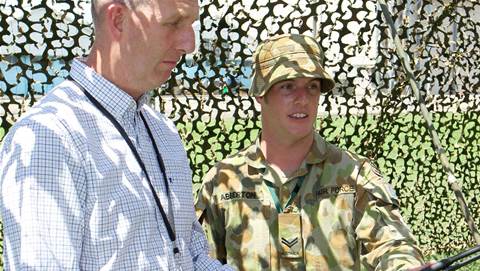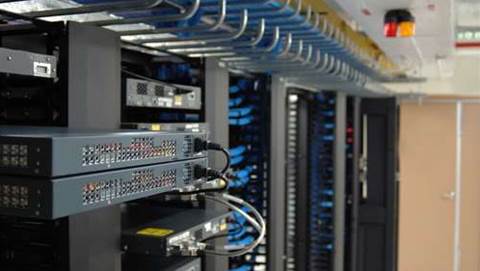
Messenger took more that 1,200 photos and other measurements, and fired the 700GB file back to Earth where it was picked up by receivers at the Tidbinbilla Tracking Station in Australia.
"[Tidbinbilla] was in the right place at the right time to ensure this first look of the far side of the closest world to the Sun," Tidbinbilla spokesman Glen Nagle told ABC News in Australia. "There was a collective gasp, then 'wow, look at this.'"
This is the first time that images of Mercury have been seen since the Mariner 10 flyby in 1975.
Messenger's instruments will provide the first measurements of the mineralogical and chemical composition of Mercury's surface and gravity field.
The probe was launched in 2004 and will have travelled nearly five billion miles to get into orbit.
It has used flybys of Earth and Venus to get enough speed to match the velocity of Mercury, and will reach over 140,000 miles per hour on its second pass of the planet, in June next year, breaking the speed record for space flight.
Mercury has always been a mystery to scientists, owing to its unusual composition. It is the only other terrestrial planet besides Earth to have a magnetic field, and has a massive core that makes up 60 per cent of the planet's mass.
Messenger will orbit Mercury for 12 months before falling into the Sun.


_(22).jpg&h=140&w=231&c=1&s=0)
_(20).jpg&h=140&w=231&c=1&s=0)






 iTnews Executive Retreat - Security Leaders Edition
iTnews Executive Retreat - Security Leaders Edition












_(1).jpg&h=140&w=231&c=1&s=0)



